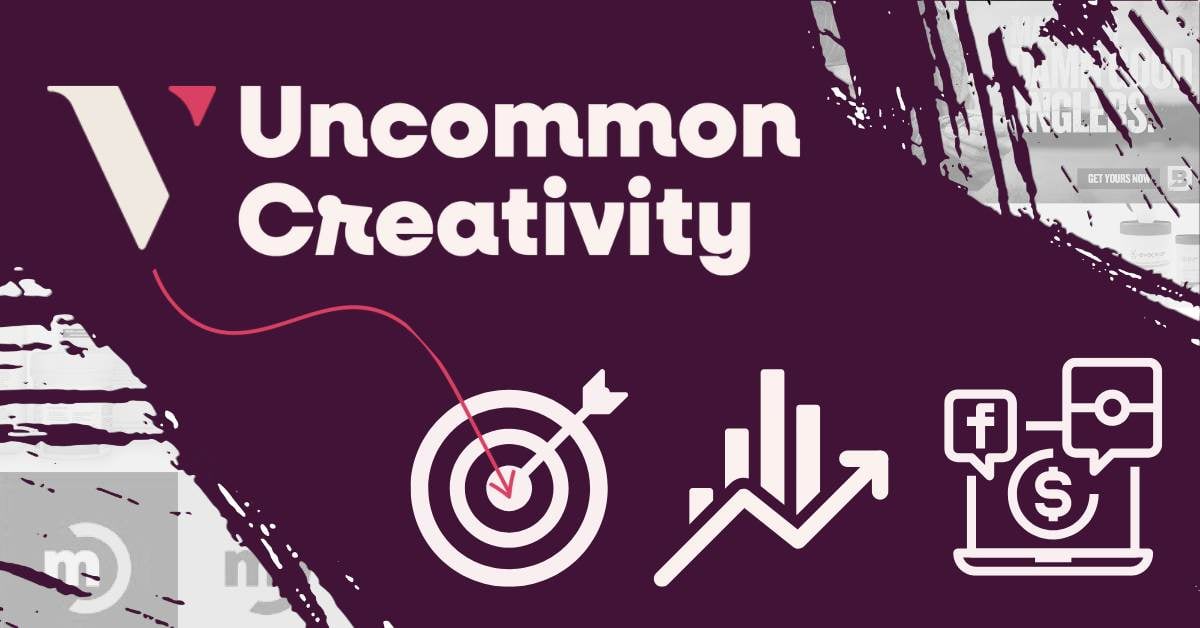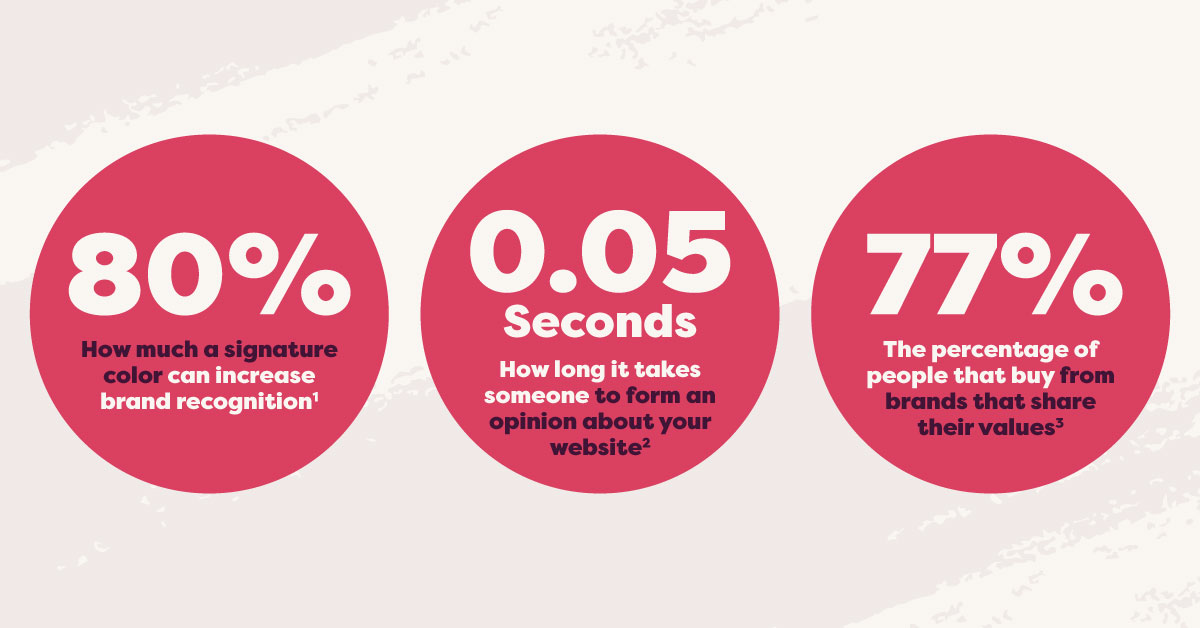
When did you last re-evaluate your logo? What about your color palette? Or your brand guide?
From what I’ve seen, a lot of companies think about their brand as their one piece of marketing that’s set in stone.
After all, their logo is printed on envelopes and plastered on the side of a building. Their values are printed and available for all to see in the break room. And their signature colors and fonts are pre-loaded into all of their software.
But I’m here to tell you that your brand needs to evolve. And I’m here to tell you why.
Why invest in brand development?
I get it. Brand development = money. So if you have a brand already, why invest more money into something you already have?
Keep in mind that brand development isn’t rebranding — it’s not starting from scratch but rather building off what you have to keep up with your target audience. And there are a few reasons why rebranding should always be a consideration for your marketing strategy, including:
- Competition will always be there — If you look and sound like the other companies in your space, how can you stand apart?
- Customer expectations are changing constantly — Your brand needs to change to match customer expectations. Take the dairy industry, for example. Over the past few years, we’ve watched major dairy identify with milk-alternative buyers and rebrand themselves away from dairy products exclusively. The same goes for your customer base. If they’re changing how they shop, you will need to keep up.
- Your long-term customers need reinforcement — Brand development isn’t just about getting new customers. A lot of it is about keeping pace with your current customers.
- Your employees need rallying — Your brand has a direct impact on your employees. If they can’t resonate with your brand’s mission, vision, or core values, it makes it challenging to live and breathe your brand. And if your employees can’t promote your brand, then who can?

Sources:
1 Reboot, 2023
2 8ways, 2019
3 Havas Group, 2019
What is brand development?
It can be confusing to keep track of what is (and isn’t) brand development. Many marketers will say a brand is the feeling you evoke in your consumers — the feelings that come to mind when someone hears your company’s name.
But when it comes to brand development, there are elements associated with branding, including your logo, color palette, and mission and value statements. All of these tangible pieces make customers feel the way they do about your brand. These assets make up your brand and have the ability to sway someone to do business with you (or cause someone to choose to go with your competitor).
A real-life B2B branding example
We work with a lot of B2B companies that come in looking to improve their leads, increase website sessions, and increase conversions. While branding might not seem like an obvious solution to reach these goals, there’s a time and place where branding can do just that.
Evaclean, a company leading chemical-free disinfection products, saw its business skyrocket when COVID-19 hit. In their case, an event (or, rather, a global pandemic) pushed them to better align with the new and ever-present concerns of their customers.
In response, they needed to update their digital presence to indicate that they were an innovative, reputable company that could help a wide range of industries tackle disinfection quickly and safely.
).png?width=592&height=379&name=www.evaclean.com_break-up-with-bleach(Laptop%20(2x)).png)
Using persona research and interviews, competitor audits, and taking the time to gather a deep understanding of how EvaClean wanted to approach the market, we helped convert their mission into meaningful, relatable copy and clean imagery to help them better attract their ideal buyer.
A recent B2C branding example
BlueStorm came to us when they wanted to drive sales on their website for their high-quality life jackets. While they’d been using Google Ads and SEO, they just weren’t making the progress they wanted, with most sales continuing to take place on Amazon.
A new brand not only helped them stand out in the sea of ads that consumers see every day, but it helped frame them as a top-shelf brand in a saturated market.
.jpg?width=592&height=308&name=DamnGood_Web_forClient%20(1).jpg)
How often should you revisit your branding?
Generally, we tell businesses to take a deep look at their brand every two to three years to ensure it’s still targeted at the right persona. But the best rule of thumb is to keep tabs on what your customers are doing (which you’re probably already doing) and evaluate whether or not any shifts in their buying behaviors require updates to how you present your brand to them.
The cost of branding vs. the value
We get it — the price tag on branding means you’ll want to justify the spend. Maybe you even need to get buy-in from your leadership team before moving forward.
So let’s make that pitch easier for you.
Why brands should remain fluid
Maybe you’re a manufacturer. You updated your logo five years ago and had an agency build you a brand messaging guideline, complete with core values and a mission statement. It’s been serving you well, but since you launched the brand update, you have added new products to your lineup, and your industry is putting a renewed focus on safety.
Even small changes to your industry make it worth re-evaluating your brand. Adding brand messaging that aligns with new priorities in the industry and updating design elements to emphasize safety might not seem like big changes, but they can make a big impact.
Even big companies update their branding from time to time
.jpg?width=592&height=310&name=Marco%20Logo%20Comparison%20(1200%20%C3%97%20628%20px).jpg)
The price you pay in updating your logo or your colors will be a drop in the bucket compared to the sales you can bring in when you’re speaking your market’s language and showing them you care about the same things they care about.
Curious if your brand is due for a refresh?
Our brand guides walk businesses through the different tools that go into branding. And, best of all, it’s free!
And if you need some marketing expertise to help you level up, you know where to find us.

